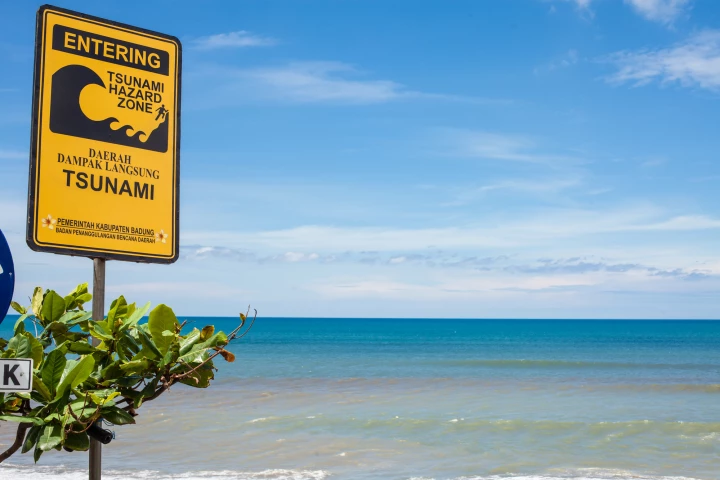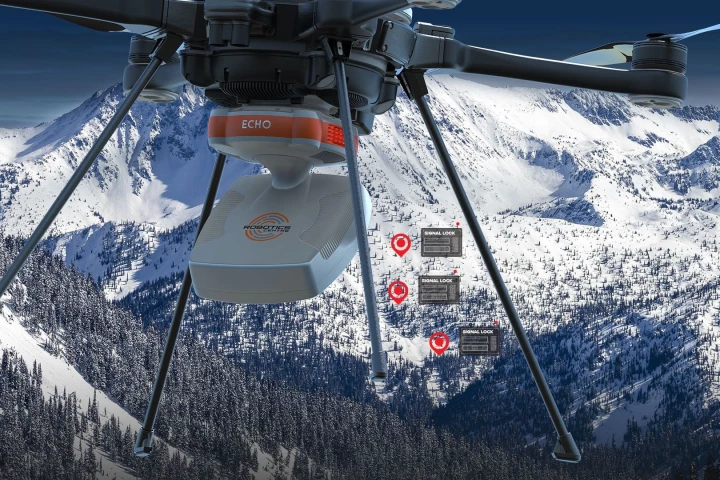Disasters
-
When a bold male seabird threw caution to the wind to 'ride' a typhoon, it was the start of an 11-hour, 712-mile journey, taking him 15,000-ft higher and three times faster than usual. The bird survived and didn't lose any points off his flying licence.
-
Humanitaria has created a cardboard bed for the critical first 24 hours of a humanitarian emergency. The beds can be manufactured at 1,000 units per hour for a 10th of the cost, assembled 200 times quicker, and landed where needed 100 times faster.
-
At disaster sites, it's not uncommon for both the water supply and electrical grid to be out of commission. That's where a new system may someday come in, as it utilizes just a small amount of electricity to desalinate seawater for drinking.
-
With the aid of arms control technology and artificial intelligence, a team of scientists at Cardiff University's School of Mathematics has developed a method that uses underwater microphones to provide early warnings of potentially deadly tsunamis.
-
We've all seen footage of disaster victims being hoisted into helicopters, in litter-type stretchers. It's not a good thing if those litters start spinning or swaying, though, which is what the thrust-vectoring Vita Rescue System is designed to stop.
-
Evolution occurs as species adapt to environmental pressures, and few environments exert pressures like the Chernobyl exclusion zone. A new study shows evolution in action as frogs within the radioactive region are turning blacker than those outside.
-
While scientists have already created tight-space-exploring robots based on snakes and cockroaches, rats are also highly adept at squeezing through narrow openings. They now have a robotic equivalent of their own, in the form of the SQuRo.
-
When arriving at a disaster site, one of the most crucial tasks is to locate any survivors who may be trapped in the debris. A new module is designed to let drones do so, by detecting the radio signals of victims' mobile phones.
-
A startup created specifically to develop machines for first responders, Company Six, has now unveiled its first creation, a rugged, video-streaming robot called ReadySight that can be tossed into hairy situations.
-
The frequency of natural disasters over the past two decades is almost double that of the 1980-1999 period, a new report from the UN has revealed, with extreme weather events driven by climate change accounting for a large portion of the uptick.
-
Toyota and Honda recently started testing a fuel-cell bus designed as a mobile power source for disaster relief. Now Nissan has driven out an emergency response vehicle based on its Leaf electric car that will also provide emergency power.
-
When disaster strikes, the power often goes out, and it may be a good while before it's restored. Toyota and Honda start testing the Moving e system this month, a fuel cell bus designed to serve as a mobile power source for disaster relief.
Load More











